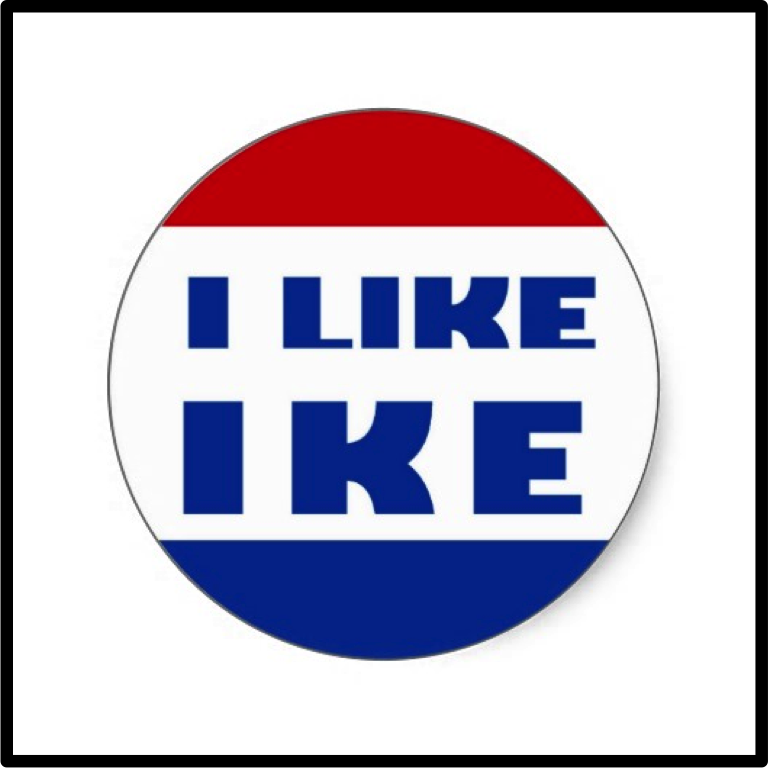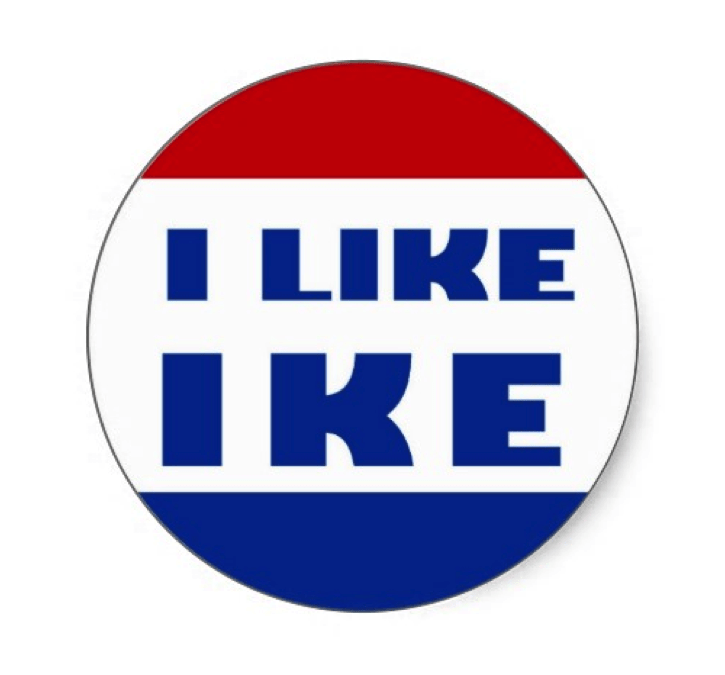(Leaders – this one is for you)
 Let me begin by saying the workplace is no place for therapy. If you’ve got issues, if you didn’t get hugged enough as a kid, if you still need to work through whatever happened to you in jr. high… there are boundaries to what is appropriate and what is not appropriate to share/work on in public places.
Let me begin by saying the workplace is no place for therapy. If you’ve got issues, if you didn’t get hugged enough as a kid, if you still need to work through whatever happened to you in jr. high… there are boundaries to what is appropriate and what is not appropriate to share/work on in public places.
With that said, there are still waaaaaaaay too many people showing up to work without purpose. Their lives are simply a non-stop pursuit of results. As long as they get the results they want, they will continue showing up to at least get the result again. The result may be a paycheck. It may be recognition. It may be success. It may be control. Whatever it is, over time, people often become addicted to it to the point that if they don’t get that result they are craving – if they don’t get that monthly/weekly/daily dose of impact – they crash. Hard.
They burn out.
They become dysfunctional.
They start pulling other people into their dysfunction.
Ultimately, they become generators of WASTE.
And this, leaders, is one major reason why you MUST care about purpose. Your team needs purpose not because you have some warm and squishy ideal (although I’m not opposed to that), but because purpose is your greatest weapon against waste.
Waste is defined as whatever does not contribute to the purpose of the organization. And waste is bad. Sadly, it is inevitable. It’s like that fungus/rash thingy your great uncle picked up in Viet Nam that never quite healed. It requires constant vigilance. But that kind of vigilance is just too much for any one person (or even a small executive team) to manage. Hunting waste is something everyone in the group must do. But if you expect people who do not have a personal purpose at work to join you in destroying waste before it can cause any significant damage, you are woefully mistaken. And worse than that, because people who don’t have a personal purpose at work will actually create waste.
In the form of wasted money.
In the form of unnecessary drama.
In the form of upset customers.
In the form of siloed insanity behavior.
Until the waste literally chokes the business. And chokes the team.
This is why you MUST care about purpose.
Which brings us to the hundred thousand million dollar question: how do you, as a leader, drive purpose into your team? What can you do (besides recruiting perfect people – which, by the way, is an impossible task) to make purpose the cornerstone of your company?
First, you have to make sure that EVERYONE knows the  purpose of the organization. And I’m not talking about catchy slogans, fancy posters, or email campaigns. I’m talking about the visceral, believe-it-or-die conviction that your business/agency/church/school/whatever has a reason to exist and people are accountable to live it. Purpose drives your strategy. Purpose drives your execution. And purpose drives the behavior you can – and should – expect from the team.
purpose of the organization. And I’m not talking about catchy slogans, fancy posters, or email campaigns. I’m talking about the visceral, believe-it-or-die conviction that your business/agency/church/school/whatever has a reason to exist and people are accountable to live it. Purpose drives your strategy. Purpose drives your execution. And purpose drives the behavior you can – and should – expect from the team.
Pause: Does your organization have that kind of clarity of purpose? Is your purpose so tight that everyone would give the same answer if I walked in and randomly started asking people about the purpose of your group? Before you answer, wait a second. I have one more question. Do you have purpose-measuring indicators? In other words, do you measure if your purpose is being achieved and/or making progress? Because if you don’t, please don’t tell me you have a clear purpose. You only have a stated one. And the chances are high that you have a bunch of people not living that purpose – because you don’t measure it. You’ve (tragically) told people to “Go win that game!” without keeping track of the score. It’s frustrating and insane. Your team only knows if they’re winning because you magically believe that they are. Or they ignore you and choose whatever they want to magically determine their success. Can you say narcissistic?
The second thing you have to do as a leader is define the purpose of each role on your team. NO ONE on your team should simply have a “job.” Everyone has a role to play in pursuit of the larger purpose. They have a value to provide. And you, as the leader, must ensure that the roles of the team are aligned to the purpose of the organization. Otherwise, you are left with people who are defining the purpose for their role independently. Even well-meaning people who have a wrong or missing purpose still generate waste. Can you see how that will derail the organization?
 The third thing you have to do as a leader is sit down with each person on your team and calibrate their purpose at work. The best example I have of this process is a friend of mine who is a senior executive for a large, multinational company. Every time he gets a new member of his core team, he sits them down for a one-to-one (even the players with minor roles) and asks them, “Tell me about a time when you did your best work – when both the outcome and the way you felt were outstanding.” He listens as they tell their most cherished successes, probing to uncover the themes and elements of what made those kinds of experiences most positive. Once he has pulled everything out of the person so they both see what made the player feel most productive, valued, and engaged, he then says, “Great. I am now officially making that stuff part of your role here on the team.” He then explains the purpose of the team, the purpose of that person’s role, and then talks through how the player’s role will now change so that they will both deliver what the organization needs and be a person that is living their purpose at work – even if that person had no conscious idea that they had a personal purpose to begin with.
The third thing you have to do as a leader is sit down with each person on your team and calibrate their purpose at work. The best example I have of this process is a friend of mine who is a senior executive for a large, multinational company. Every time he gets a new member of his core team, he sits them down for a one-to-one (even the players with minor roles) and asks them, “Tell me about a time when you did your best work – when both the outcome and the way you felt were outstanding.” He listens as they tell their most cherished successes, probing to uncover the themes and elements of what made those kinds of experiences most positive. Once he has pulled everything out of the person so they both see what made the player feel most productive, valued, and engaged, he then says, “Great. I am now officially making that stuff part of your role here on the team.” He then explains the purpose of the team, the purpose of that person’s role, and then talks through how the player’s role will now change so that they will both deliver what the organization needs and be a person that is living their purpose at work – even if that person had no conscious idea that they had a personal purpose to begin with.
In effect, this leader teaches his team how to live their individual purpose as part of a greater whole. He wants everyone to live and contribute in a way that is aligned and purpose-driven. Because he knows that if he can get his people switched on this way, it will drive the best, most sustainable, most healthy results that his team could ever deliver. And minimize the waste.
Pause: Are you that kind of leader? Are you the kind of person who empowers your team to be purpose-driven – and not just results driven? Do you calibrate the purpose of someone’s role with the personal purpose they bring to work? If you are – GREAT JOB! You are doing it right. Well done. If you are not – START BEING THAT LEADER. Treat people like human beings, not human doings. Stop generating waste as a leader… because ultimately that is what you are doing. And I am absolutely positive that generating waste is not your purpose.
I mua. Onward and upward.
By Tim Ohai


G’day Tim, I’m after some more clarification. Purpose is raison d’être. OK.
But it’s an emotional thing rather than a logical thing; it’s a right brain thing, not a left brain thing?
Is it what Gallup talks about when they say that engaged employees know they are involved in “something significant”?
Is it when Ted Levitt asks, “what business are we really in?” (as compared to the “what do we do here?” kind of question)
Is it what Charles Revson (founder of Revlon) meant when he said, “in the factory we make cosmetics. In the stores we sell hope.”
If possible some examples would help.
Mark
G’day, Mark.
I believe that purpose is produced by the convergence of right/left brain thinking. It’s the harmony discovered when our emotions and logic properly connect. Purpose on a purely emotional level is like my childhood desire to play in the NFL. It felt good playing football as a kid, but I never had the talent to go that far. Purpose on a purely intellectual level is like my childhood ability with math. I was really good at it, but I never liked it. So when you mention Gallup, I think you are closest. You take the purpose of the business (the convergence of its market position, abilities, innovation, etc. converged with its vision, values, culture, etc.) and you align that with a person (skills, abilities, experiences, etc. converged with personality, values, dreams, etc.) and you get what I’m talking about here.
Walmart does a great job in this regard at a macro level. Their purpose is to “Save money so people can live better.” And they truly believe it. Their clarity of purpose is spot on. It is measured, and it is part of every single person’s role. The tricky bit is to calibrate the individual with the organization and role. That, obviously, does not always happen.
Does that answer your question?
Tim,
People need a sense of purpose and direction. They expect their leaders to provide both. Your post reminded me of how I learned to row a boat. The instructor told us to pick the spot we’re rowing to and not take our eyes of of it until we arrived. Beginning with a purpose and maintaining it are two different things. Going off track is easy. Economic shifts, industry changes, corporate realignments, customer and vendor problems, loss of resources shift people away from their purpose.
Visuals are very important and helped me stay on course. My personal and business mission and goals hung on my wall from the day I went to work. Your post inspired a thought. A short -one-page purpose plan for each department and position complete with an 8-word (Harvard) mission statement in a large bold font, 1-paragraph (short) executive summary, measurable goals, objectives, and milestones hung up on everyone’s wall in a nice frame. Reviews should refer to this plan and measure performance against it.
And please do something about your uncle’s rash!
Gary, thanks for your comment. And thank you for reinforcing the use of visuals. They have a huge impact – especially for us visual learners!
You are also reinforcing a key concept: clarity. It is the first ingredient for any successful endeavor. I usually get into the details (especially goals, objectives, etc.) as part of the process for developing strategy – which comes after purpose to me. Sadly, many people define these things haphazardly, if at all. But with the kind of clarity you describe, folks will get to the right destination even if their rowing goes off-track for a bit. They course-correct on their own initiative.
Hi Tim– New follower, great post. Can you give some examples of “purpose-measuring indicators” and how you distinguish these from results? If your results are what you deliver and your purpose is why you deliver it, in what ways can you measure the “why”?
Ryan, thanks for the shout out.
Let me start with a good example. Walmart’s purpose is to help people save money so that they can live better. I can tell you from firsthand knowledge that they genuinely believe that this is their purpose. To measure it, they use both formal and informal measurements. Formal measures include customer survey scores (they must reach a targeted level of scoring), market comparisons against both their competitors and against market norms (they want to be priced better than their competitors AND they want to find ways to lower the “normal” price that consumers are used to paying). They also expect all support functions to find ways to lower internal costs so that they can pass the savings on to consumers. Informally, they expect leaders to collect stories of how their purpose impacts everyday people. You will rarely (if ever) find a Walmart leader who cannot tell you a recent story of how so-and-so consumer was positively impacted because such and such product was priced lower than anywhere else. It could sound like “Because we found a way to deliver quality fabrics at a great price, Mabel Smith and her quilting society in rural Alabama is able to continue buying fabric cheaply and make quilts for veterans and their families.” These aren’t just stories for propaganda’s sake – they bolster the company purpose in a way that is tangible.
Now, as a bad example, imagine if the purpose of Walmart was the same (Save money. Live better.), but none of these purpose-measuring indicators were in place. Instead, they only measured sales volumes, market share, and so on. Those metrics would point to a purpose that was really just “Make as much money as possible.” And Walmart would say that is when they have gone off-track with people who made their results the justification of their dishonorable actions. That is neither purpose-driven nor ethical.
Can you now see how you would develop/use purpose-measuring indicators if your were a drug manufacturer or power company or travel agency? Sadly, many folks don’t connect their stated purpose (if they have one) with real metrics.
What do you think?
Tim,
Thank you for this article…love it!
Thank you, June